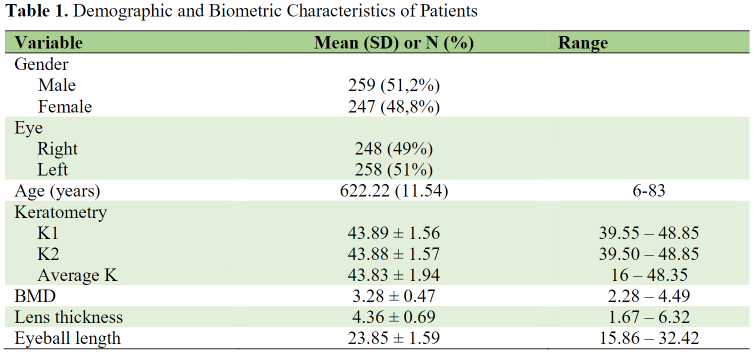Management of Subluxated cataract : A case report Poster Presentation - Case Report - General practitioner
Abstract
Introduction : Surgical management of ectopia lentis is one of the major challenges faced by cataract surgeons. A cataract is a clouding of the natural crystalline lens inside your eye. Symptoms may include loss of vision, blurry vision or distortion.
Case Illustration : A 70 year old man comes of misty eyes in his right eye. History of trauma is unknown to the patient, there is no recurrent red eye, no pain in the eye. Physical examination revealed vital signs within normal limits. Vision right eye 6/12 left eye 1/60 (pseudophakia). Eyeball pressure OD 19 OS 11, good eyeball movement in all directions. The anterior segment of the superior and inferior lids ODS is calm, ODS bulbi conjunctiva is calm, ODS cornea is clear, ODS pupils are round RC +/+ RAPD (-) pupil diameter OD 5.5 mm OS 6 mm, OD lens is subluxated inferonasal.
Discussion : The change in the position of the lens with different head positions helps to indicate the severity of subluxation. In eyes with ectopia lentis, the phacoemulsification technique used depends on the degree of zonulopathy and its underlying pathophysiologic origin. Hoffman et al classified the degree of subluxation into three broad groups mild, moderate, severe which the lens edge uncovers more than 50% of the pupil.
Conclusion : The natural crystalline lens is held in place by tiny fibres called zonules. When these zonules are disrupted or weakened, the crystalline lens or more commonly the artificial intraocular lens may sublux (dislocated) into the back of the eye.
Full text article
References
(-)
Authors

This work is licensed under a Creative Commons Attribution-NonCommercial-ShareAlike 4.0 International License.



